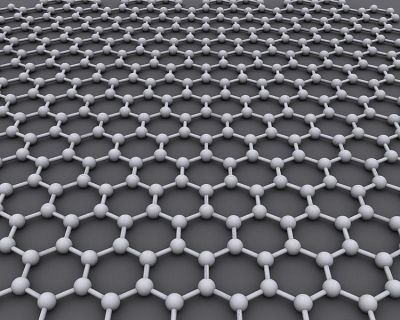Graphene–organic optoelectronics

Graphen, fot. By AlexanderAlUS (Own work) [CC BY-SA 3.0
EU-funded scientists made important advances in understanding the properties of graphene-based nano-structured systems that open up practical use in optoelectronics.
Graphene, a one-atom–thick form of graphite, has been hailed as a wonder
material. Surging at a strong pace, cost-effective printing techniques
have already been exploiting graphene phenomenal properties to
ultimately develop more complex electronic devices. But for all its
promise as a material for well-miniaturised, flexible and transparent
devices, further studies into graphene-based hybrid structures with
tailor-made properties are required.
Against this backdrop, scientists initiated the EU-funded project
'Graphene supramolecular electronics: A life-long training career
development project' (GREAT). The project team sought to tune graphene
properties by functionalising them with organic molecules. Compared to
pure graphene, such graphene–organic hybrid structures have superior
properties, including improved conductivity, charge mobility and
mechanical strength.
Scientists designed and optimised low-cost and scalable processes to
obtain liquid-phase exfoliated graphene dispersions. Different organic
molecules that acted as functional groups were studied and
characterised, with alkanes and long aliphatic chain molecules resulting
in high-yield production of single-layer graphene.
GREAT employed wet processing techniques to produce dispersions of
functionalised graphene, thus obtaining thin hybrid films of
approximately 100 nm. By varying the end-groups of the organic molecules
used in the exfoliation process, scientists could obtain
stimuli-responsive graphene–organic hybrid materials that hold potential
for multifunctional electronics.
In particular, photochromic molecules were found to have a great
impact on graphene-based optoelectronic switches. Furthermore, in
two-terminal device configurations, the electrical properties of thin
graphene–azobenzene hybrid films could be reversibly modulated by
alternating ultraviolet and visible light irradiation cycles.
GREAT significantly contributed to a molecular-scale understanding
of innovating technologies based on organic electronics that could
replace those we use today. The developed graphene–organic hybrid
systems also hold great promise for light-activated memory switches and
high-sensitivity photosensors.
published: 2015-02-02